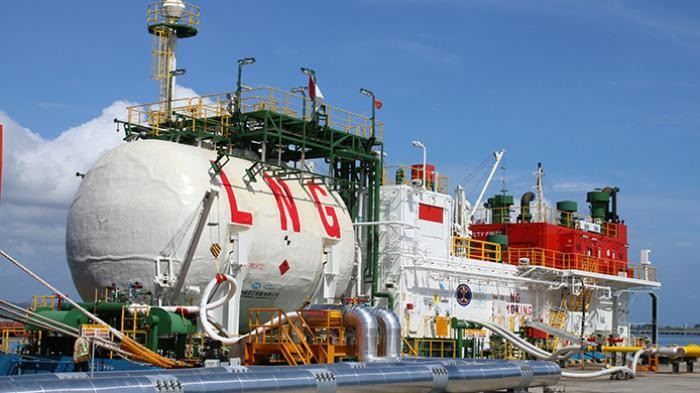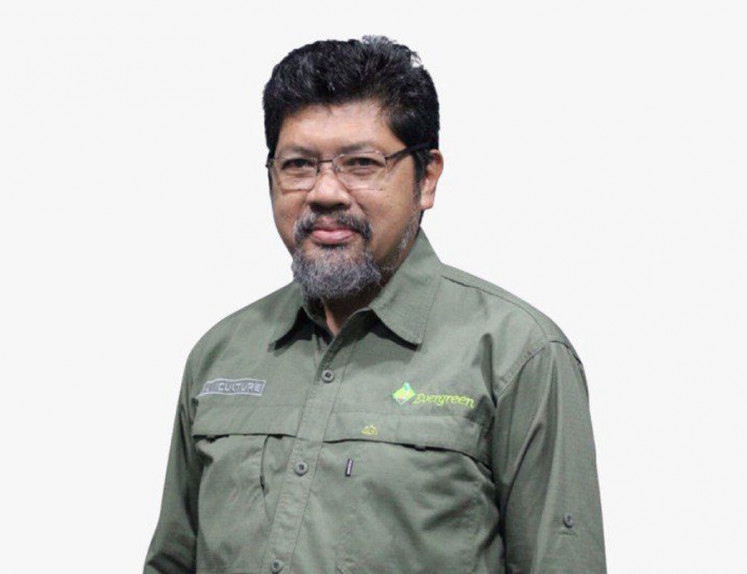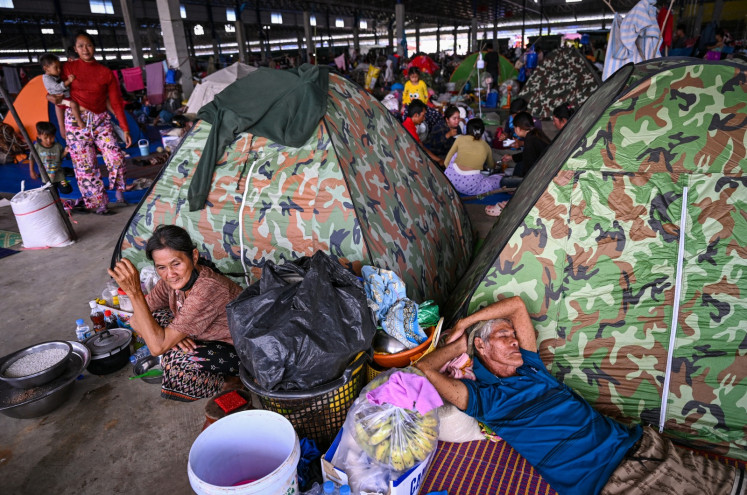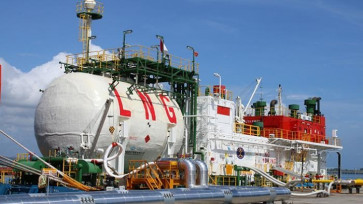Popular Reads
Top Results
Can't find what you're looking for?
View all search resultsPopular Reads
Top Results
Can't find what you're looking for?
View all search resultsCan Southeast Asian countries sustain LNG development?
Global efforts to combat climate change have led to underinvestment in natural gas and oil exploration since 2015.
Change text size
Gift Premium Articles
to Anyone
S
ince about 2010, Southeast Asian countries have been building various downstream liquified natural gas (LNG) facilities including receiving ports and terminals, storage facilities and regasification terminals, including floating units. According to the Global Data Oil & Gas Intelligence Centre, LNG imports to ASEAN countries have surged from almost zero in 2010 to 0.5 million tonnes per annum (mtpa) in 2011 and 12 mtpa in 2020.
The upward trend should continue until at least 2040, driven by two main factors. First, Southeast Asian countries need to diversify their energy sources to generate power. Natural gas is a relatively clean fuel, emitting only half the amount of carbon dioxide compared with coal when used in power plants. It has, therefore, been considered a viable energy resource in the energy transition, allowing emerging economies to reduce carbon intensity whilst keeping power and energy prices affordable. Second, the countries are aware that their domestic natural gas resources are depleting.
In the Philippines, regulatory support for LNG infrastructure stems from the declining and unreliable supply of the Malampaya field. A 2021 report by the Economic Research Institute for ASEAN and East Asia (ERIA) estimated that a total of almost 25 mtpa of new LNG terminals, storage and regasification facilities, including floating units, should enter commercial operation in the Philippines by the end of this year.
The same report said Vietnam plans to build three or four LNG terminals from 2021 to 2025, each with an estimated capacity of 1–3 mtpa. In 2026–2035, the country plans to build five or six LNG terminals, each with an estimated 3 mtpa. The Myanmar Investment Commission approved 15 LNG projects in May 2021, including a US$2.5 billion LNG-to-power project.
Indonesia, self-sufficient in natural gas, embraces the gas-to-power transition. In 2022, Energy and Mineral Resources Minister Arifin Tasrif tasked Pertamina, the state oil and gas company, to supply LNG to 33 small-scale gas-fired power plants across the country, especially the eastern region, which needs the support of LNG bunkering and shipping facilities.
However, global efforts to combat climate change have led to underinvestment in natural gas and oil exploration since 2015. This triggered a continuous increase in natural gas prices that finally peaked from late February to early September 2022, mainly due to the impacts of the Russia-Ukraine war and uneven post–COVID-19 recovery.
Although the LNG spot price in Asia stands at US$9 per million British thermal units (mmBtu), marking a more than 85 percent drop from its peak of more than $70 mmBtu in August 2022, the damaging effects are evident.



















